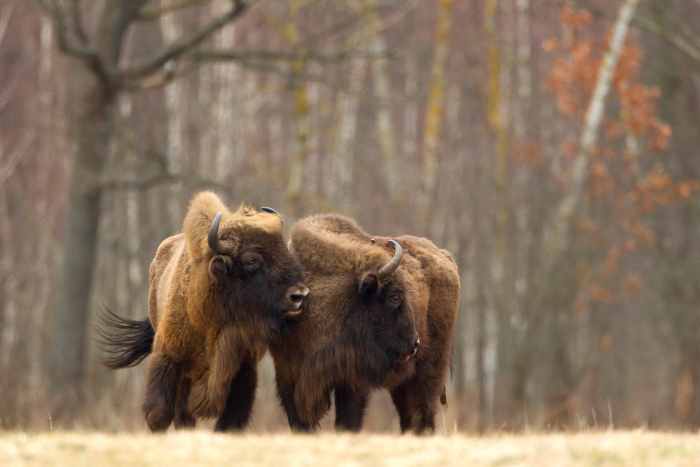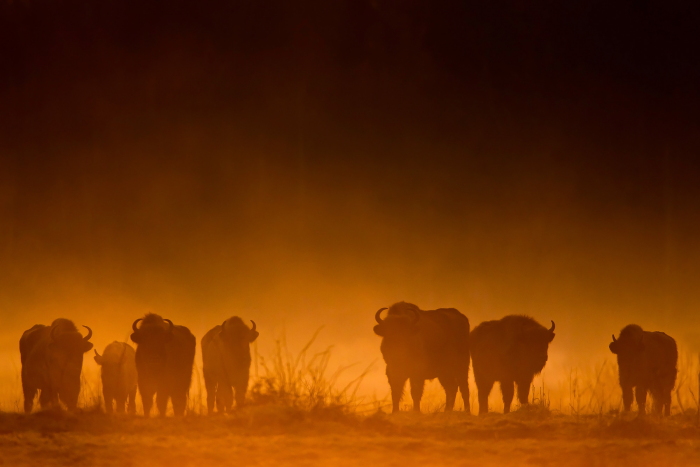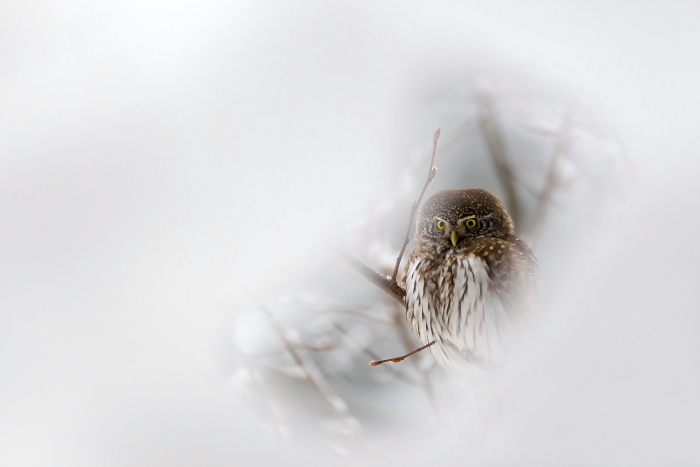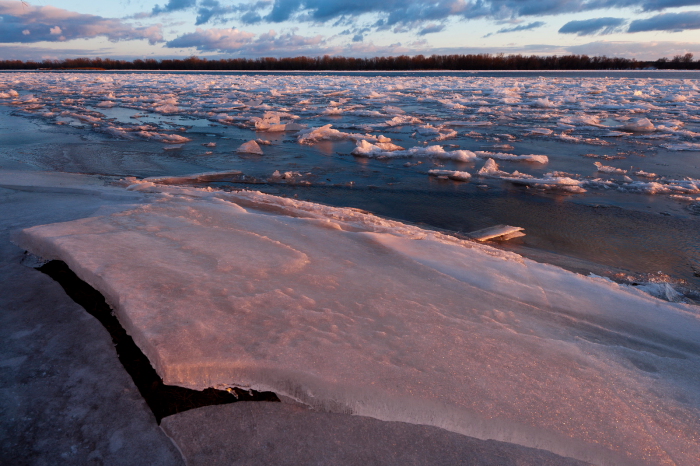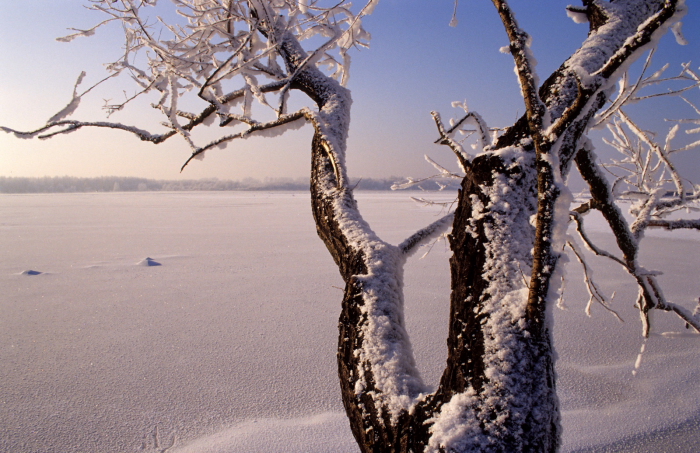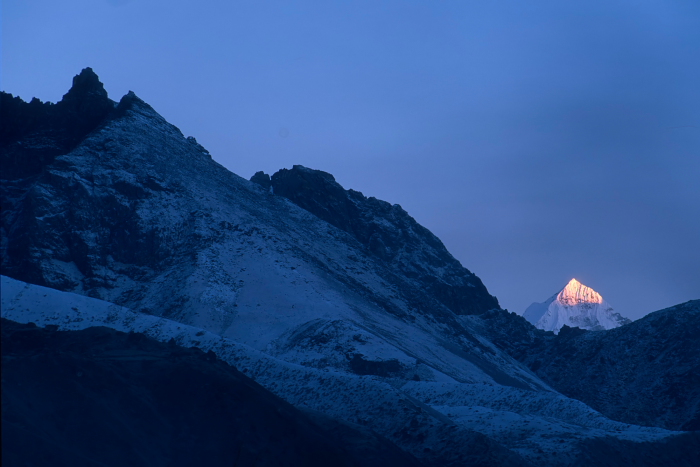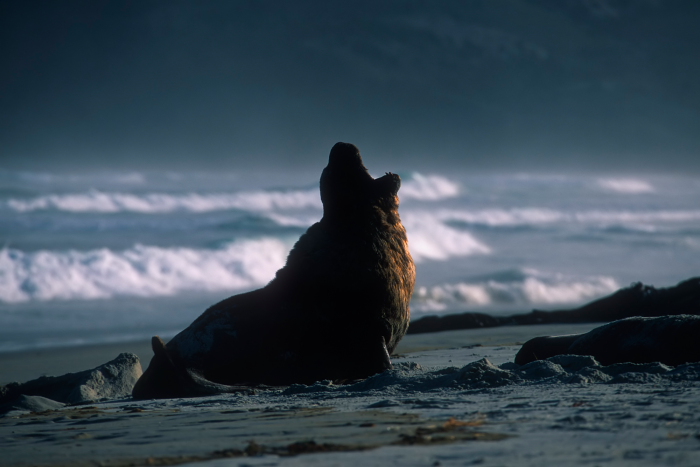
“Musisz przyjechać (You must come)
wejść do lasu cicho (enter the forest quietly)
krokiem tłumionym mchów poduchami (your step muffled by cushions of moss)
pnie sosen dotknąć swoją dłonią… (touch the trunks of the pines with your hand…)
Musisz przyjechać (You must come)
przysiąść na starej kłodzie przy brzegu (rest on an old log by the shore)
między palcami przesiewać wodę i piasek…” (sift water and sand between your fingers…)
Ludwik Lipnicki
The eastern part of the Tuchola Forest, especially the areas along the middle reaches of the Wda River, has long charmed with the beauty of its forests, clear waters and a great variety of plant and animal life. The seemingly monotonous pine forests hide many surprising discoveries from the natural world. The preserved assets of regional culture, as well as the unique atmosphere and beauty of the local landscapes, were the basis for the establishment of the Wda Landscape Park on 16 February 1993.
The area of the park covers 23,789 ha (58,784 acres) of which 4,609 ha (11,389 acres) are buffer zones. The park is located within the following seven municipalities – Osie, Lniano, Śliwice, Drzycim, Warlubie, Jeżewo and Cekcyn. The present landform, consisting of flat and rolling outwash plains, flat and undulating sand plains and moraine uplands, river valley bottoms and glacial trough slopes, were formed during the Baltic glaciation. The highest elevations on the moraine rises reach up to 110 m above sea level. The climate of the Park is temperate with relatively small temperature amplitudes. This is caused by its location within a large forest complex, which mitigates meteorological phenomena.
Flowing north to south, the Wda River (also known as the Black Water) cuts deep into the surface of the sandstone in its middle course, meandering strongly. The swift current and often stony substratum make the Wda a mountain river. Two hydroelectric power stations built during the inter-war period dammed up the Black Water and created picturesque dam reservoirs: Żur Dam and Gródek Dam, thus enhancing the tourist and landscape qualities of the Świecie County. In its middle course, the Wda receives three tributaries: Sobińska Struga, Ryszka and Prusina. Its high and steep banks are overgrown with deciduous and mixed forests rich in variety of species. The attractiveness of the Park is enhanced by the numerous lakes which are often under conservation protection. In addition to the above-mentioned rivers, there are also old riverbeds in the Wda valley, which are cut off from the main riverbed by hydroelectric dams.
Almost 70% of the area of the Wda Landscape Park is covered by forests growing on poor fluvioglacial sands; predominantly fresh coniferous forest. The dominant species in the forest stand are the Scots pine (Pinus sylvestris) and Warty birch (Betula pendula). The current species composition of the forests is the result of human activity, which reflects a strong pressure on the area. A number of sites with post-glacial relics and rare, fully or partially protected plant species have been preserved in the area. This is certainly due to the well-developed network of rivers, which provide convenient migration routes for plants, and the existence of numerous marshy areas, peat bogs. The glacial relics include the slim-stem small reed grass (Calamagrostis stricta), cranberry ( Oxycoccus microcarpus), dwarf marsh violet (Viola epipsila), and some bryophytes. Examples of glacial flora include the bog bilberry (Vaccinium uliginosum), wild rosemary (Ledum palustre), bearberry (Arctostaphylos uva-ursi). Among the protected species, the following can be found: the common yew (Taxus baccata) growing individually throughout the Park, wild service tree (Sorbus torminalis) called chequers, the leaves and fruits of which feature in the logo of the Wda Landscape Park; all species of the sundews, numerous orchids, common club moss (Lycopodium clavatum), and Christmas green (Lycopodium complanatum). Amongst other things, you will come across the asarabacca (Asarum europaeum), dwarf everlast (Helichrysum arenarium), and beard lichens. Of the plant communities, the best state of naturalness has been preserved by aquatic vegetation communities of low, transitional and raised bogs; followed by oak-hornbeam forests, which include deciduous trees, thermophilous and acidophilous oak forests, ash and alder water meadows and coniferous swamps.
Changes took place slowly but steadily. Overexploitation of timber and supplementing logging with easy-to-plant pine have led to a change of character from a primeval forest to a coniferous forest. The sparse undergrowth consists of the common juniper (Juniperus communis) and, in wetter areas, alder buckthorn (Frangula alnus) and rowan (Sorbus aucuparia). The extremely rich undergrowth consists of the European blueberry (Vaccinium myrtillus) and lingonberry (Vaccinium vitis-idaea), mosses, heather, lily of the valley (Convallaria majalis), anemones and others. There are also a number of interesting relict plant species, long extinct elsewhere but finding excellent living conditions here.
The nature values are enhanced by the numerous natural monuments (23 individual trees, 22 collective trees, 7 natural monument valleys and 4 boulders — inanimate natural monuments). Rare, perishing lichens such as the fishbone beard lichen (Usnea filipendula), tree lungwort (Lobaria pulmonaria), indicators of air purity, are evidence of the high quality of the natural environment.
The relief, specific climate, water conditions and diversity of the plant world provide shelter, refuge and breeding grounds for a large number of species of birds, mammals and other animals. Previous studies of some groups of invertebrates have shown considerable species richness, especially in natural habitats. However, many of the systematic groups are not sufficiently known and studied. The bogs, lakes and rivers amaze with their abundance of ichthyofauna. Fishing enthusiasts, alongside common species, will find here: the brook trout (Salmo trutta morpha fario), grayling (Thymallus thymallus), catfish (Silurus glanis), pike (Esox lucius) and impressive specimens of lake trout (Salmo trutta morpha lacustris); among amphibians – the European tree frog (Hyla arborea), smooth newt (Triturus vulgaris) and northern crested newt (Triturus cristatus), toads (Bufo sp. ), common spadefoot (Pelobates fuscus), pond frogs (Rana sp.); the European fire-bellied toad (Bombina bombina) is a relatively frequent visitor. Reptiles include the slow worm (Anguis fragilis), sand lizard (Lacerta agilis) and common lizard (Lacerta vivipara), grass snake, and common European viper. Pine forests are populated by relatively few animals, while deciduous and mixed forests shelter the wild boar (Sus scrofa), roe deer (Capreolus capreolus), red deer (Cervus elaphus) and European fallow deer (Dama dama). With a bit of luck, it is possible to encounter elk (Alces alces) in the wetlands. Of the 42 mammal species, it is worth noting the presence of the shrew (Soricidae), Mediterranean water shrew (Neomys anomalus), European otter (Lutra lutra), European beaver (Castor fiber), European badger (Meles meles).
Birds constitute the most numerous group, some 170 species; among them there are many rare species, nesting here or flying in during the spring and autumn migration. These include: the white-tailed eagle (Haliaeetus albicilla), osprey (Pandion haliaetus), common snipe (Gallinago gallinago), spotted crake (Porzana porzana), corncrake (Crex crex), black stork (Ciconia nigra), common crane (Grus grus), great egret (Ardea alba), grey heron (Ardea cinerea), western marsh harrier (Circus aeruginosus), Montagu’s harrier (Circus pygargus) and hen harrier (Circus cyaneus). The common kingfisher (Alcedo atthis), an unquestionable curiosity of the avifauna, is nesting in the high cliffs above the River Wda. The rich variety of bats is represented by 11 species of these flying mammals, including such rare species as the common pipistrelle (Pipistrellus pipistrellus) and serotine bat (Eptesicus serotinus).
The Park’s unique landscape is made up of a slightly rolling outwash plains, covered with coniferous forest of remarkable health-enhancing properties, along with midforest lakes of kettle hole character. The Park’s natural landscape is perfectly complemented by old huts, typical for the area of Tuchola Forest and Kociewie, a reminder of times gone by. Often inhabited and well maintained, bustling with children’s voices; it seems like time has stopped there. But there are also some that are barely standing with the final effort of decayed planks, tired from the years, and leaning towards decline. The roadside shrines, once a place of fervent prayer for the local community, now often forgotten and neglected, ask passers-by for a moment of reflection and reverie. The villages where time has stopped include: Miedzno, Brzeziny and Leosia.
A natural and at the same time historical curiosity of the Park is the Napoleonic Stone measuring approximately 110cm by 150cm. For unclear reasons, a Piast crown and two Maltese crosses were engraved on it. They may be related to the battle that took place near Drzycim in 1091, between the Polish army led by Władysław Herman and the army of the Pomeranian dukes. The second theory has it that these signs were carved by a Polish soldier of Napoleon’s troops marching through our lands. This boulder is an inanimate natural monument.
The second mystery is the Devil’s Boulder, called “St Adalbert’s Stone” (Kamień Świętego Wojciecha), situated at the southern boundary of the Park near the railway station in Leosia. It is the biggest erratic boulder in the Pomerania, and its circumference measures 24.5m! The legend has it that Saint Adalbert preached on this stone during his journey to Prussia. Another legend relates to a devil who, wanting to change the course of a river, made plans to divide its course with a huge boulder. Taken aback by the approaching dawn, however, he abandoned the boulder in the forest, hence its second name “Devil’s Stone”. It is also an inanimate nature monument.
The Wda Landscape Park is also a particularly attractive area for various forms of tourism and recreation — a paradise for anglers and wildlife enthusiasts, as well as for those who are sensitive to the beauty of nature. The Wda River and dam reservoirs contribute to the development of water sports. Of particular interest is canoeing, where recreational goals are combined with cognitive ones. Interesting terraces, picturesque settlements and natural peculiarities encourage hiking and cycling. To facilitate hiking, nature trails have been created and marked, along with 11 hiking trails. Mass recreation is concentrated in Tleń, which aspires to the status of a spa town, however, beyond Tleń, the Park area is still insufficiently developed for tourism. Unquestionable tourist attractions are the hydroelectric power station in Gródek, opened in 1923 by Polish President Stanisław Wojciechowski, and the much larger hydroelectric power station in Żur, opened in 1930 by Polish President Ignacy Mościcki.
Whilst visiting the picturesque corners of the Tuchola Forest, we can be confident that the forest will embrace us and the people will host us.
The following areas of particular value have been designated nature reserves:
- Zygmunt Czubiński Brzęki nature reserve (Szczerkowo) – 102 ha (250 acres), Osie borough, the largest natural site of chequer tree in Poland;
- Dury – 12.5 ha (31 acres), Osie borough – four dystrophic lakes with adjacent peat bogs;
- Miedzno lake – 88.5 ha (220 acres), Osie borough – ornithological reserve (waterfowl and marsh birds);
- Ciche lake – 38 ha (94 acres), Osie borough – aquatic and wetland plant community;
- Martwe (Dead) lake – 4 ha (10 acres), Osie borough – dystrophic lake with adjoining peat bogs;
- Piaseczno lake – 160 ha (395 acres) Osie borough – ribbon lake of exceptionally clear water and well-preserved aquatic and wetland plant communities;
- Łyse (Bald) lake – 20 ha (50 acres) Warlubie borough – lake with well-preserved aquatic and wetland ecosystems (moss complex of white beak-sedge) and coniferous swamp with characteristic rare and protected plant species.
In addition to the existing nature reserves, the Park Directorate aims to create new ones. Particularly noteworthy are the areas on the banks of the River Wda between the villages of Leosia and Bedlenki, where the river has retained its original wild character resembling a mountain river flowing in a sharply incised valley.
As part of NATURA 2000, Special Protection Areas (SPAs) have been designated – the entire area of the Wda Landscape Park lies within the site “Bory Tucholskie” (site code – PLB220009); along with Special Areas of Conservation (SACs) – located within the Park an area called “Sandr Wdy” (Wda Outwash Plain) (site code – PLH040017).
Daniel Siewert




